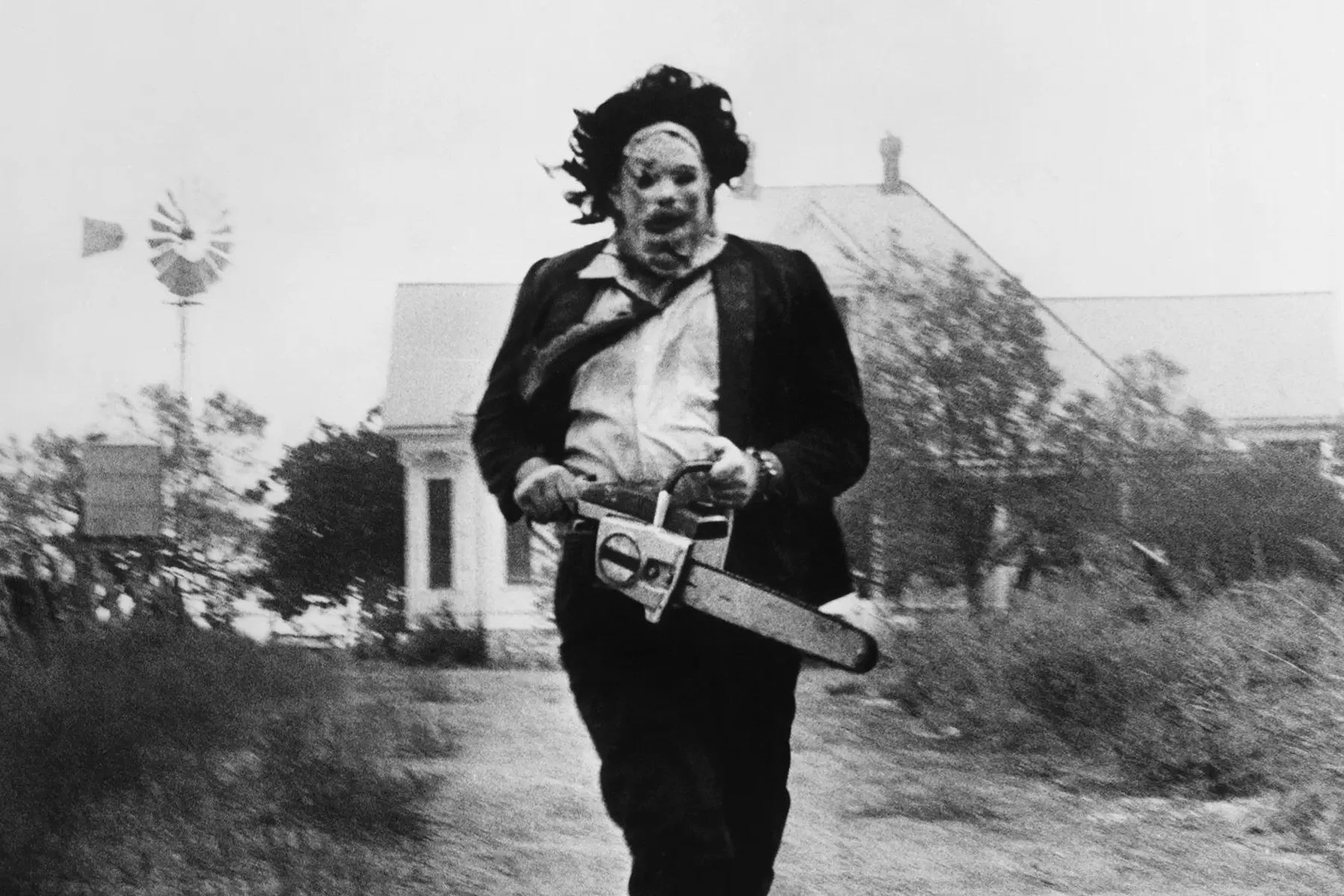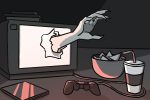Although Leatherface is best known as a monster who kills for his family, the “Texas Chainsaw Massacre” franchise also explains how he was shaped into a killer by their abuse. The 2017 movie “Leatherface” shows the murderer’s origins as an innocent boy who never wanted to kill anyone. In contrast, the 1974 original presented the psychotic killer as an adult who kills and eats his victims. The 2013 installment, “Texas Chainsaw 3D,” reveals how Leatherface was eventually blamed and betrayed by his family. It is debatable whether Leatherface was an innocent person forced to kill for his family or if he chose to become a murderer. In my opinion, the movies encourage the audience to not only root for Leatherface, but also see him as a victim of his family’s mistreatment.
In the 2017 film, Leatherface is an ordinary boy named Jedidiah Sawyer, who was born into a dysfunctional family. Young Jedidiah is almost peer pressured by his family into killing an innocent man, but he refuses. After his grandfather kills the man, his brothers and the rest of his relatives are disappointed and baffled by his unwillingness to kill. As a result, Jedidiah begins to feel disappointed in himself.
During his teenage years, Jedidiah befriends a nurse and later saves her from an attempted murder. In the film’s conclusion, his face gets mutilated while he and his friend try to escape a vengeful sheriff. Later, when his family takes the nurse hostage and demands Jedidiah kill her, she convinces him to not hurt her. However, after she insults his mother, he decapitates her with a chainsaw.
His initial reluctance to kill sets Jedidiah apart from his family and he even attempts to save a girl he became friends with. However, the “accidental” disfigurement of his face leads to feelings of self-disgust over his new appearance and a desire for revenge against his friend and the sheriff. When his friend speaks to him with kindness, he considers letting her live. Nonetheless, Jedidiah murders her after she disrespects his mother. As his family gets rid of the bodies, Jedidiah skins and wears the girl’s face as a mask, thus creating his Leatherface persona.
The 1974 film shows an adult Leatherface who still lives with his family, now eating their victims and making furniture out of their skeletons. The movie does not explain why they became cannibals but gives some clues as to why. According to a YouTube video by Looper, “All the men in the Sawyer family worked at the local slaughterhouse. When they lost their jobs, they turned to cannibalism.” To be more specific, when the health inspector shut down the slaughterhouse, it left the brothers unemployed and unable to find work. While they tried to find employment, they faced starvation, because they lived in an isolated area with no grocery stores or food banks. This scarcity of food led the brothers to murder and eat other people. The Looper video also explains how the brothers’ grandfather worked in the slaughterhouse, which inspired them to follow in his footsteps into the meat business.
Leatherface and his brothers also suffer from mental disorders that may have been caused by the traumatic childhood experiences of living with their physically abusive grandfather. According to a YouTube video by The Vile Eye, “Abuse also seems to have been in the cards for not only Leatherface, but all three brothers as the older frequently berates and assaults his younger brothers, likely as their father or grandfather once had when they were younger.” In the movie, Jedidiah is mute and only communicates by making random noises. Leatherface was likely traumatized after he killed his first victim, and his inability to express himself through words stemmed from a desire to not speak anymore.
The 2013 film acts as a direct sequel to the 1974 movie and follows what happened after the final victim escaped. When the sheriff comes to the Sawyer house to arrest Jedidiah, the whole family is already armed and prepared to face the authorities. While the two parties negotiate, one of the family members suggests turning in Jedidiah, saying, “Give ‘em the boy, he’s simple anyways.” Drayton, the older brother, initially refuses to give up Jedidiah since he is a member of the family. But as more policemen arrive, the Sawyers relent and agree to turn him in. Drayton’s refusal to betray his sibling shows that even though he bullies Jedidiah, he still loves and cares about him. However, Drayton’s difficult decision also demonstrates his dedication to protecting his family.
During his childhood, Jedidiah’s traumatic experiences of witnessing his family’s murders made him not want to be like them. However, his mother promises to make him a murderer, just like the rest of them. Her promise was fulfilled after the nurse’s disparaging comments about the Sawyers reminded Jedidiah of his mother’s warning that other people would try to rip the family apart, leading him to kill his only friend. The family’s tactic of manipulating and blaming Jedidiah drives him toward childlike tantrums every time he gets frustrated, culminating in a mental breakdown when he believes he let down his family. This abuse results in Leatherface believing he is a failure and creates the belief that the only solution is to continue to kill.
















